OpenGovIntelligence, a Horizon2020 project focused on co-creating applications of Linked Open Statistical Data, held its final project conference on November, 22nd in Delft.
The event had a diverse set of presentations throughout the day from the OpenGovIntelligence project, students of TUDelft, and guests from other projects involving co-creation and governmental openness.
The first half of the day’s programme focused on government data, why it should be open, and technical solutions aimed at making this data more accessible to citizens, journalists, and researchers. Following a short break, the subject of conversation moved to the topic of co-creation: What is co-creation? Why was it used in OpenGovIntelligence? And how is co-creation taking place in other contexts around the world?
Among these presentations, Max Kortlander from Waag presented on the co-creative approach taken by Waag in two of its current projects: MUV and Cities-4-People. Each of these projects experiments with how co-creation can be used to identify mobility problems in neighborhoods and create solutions to those problems, with local citizens and other stakeholders deeply involved in each stage of the process. In addition to the hands-on, face-to-face co-creation that occurs in a live setting, Waag has also developed a digital tool called the Co-creation Navigator, which supports the facilitation of live co-creation with a mapped guide to useful tools and information to be used throughout the co-creative process.
Following this presentation, Kortlander joined Marijn Janssen (TU Delft) and Jamie Whyte (Open Data Manchester) on a panel to discuss and debate co-creation, its role in governments, and best practices for its implementation. A lively discussion followed, which covered a wide range of topics: the role of co-creation in democratic societies; the ideal size of a co-creation workshop; the change in mindset that is required from co-creative facilitators, and more.
The event took place in a recently constructed hall at TUDelft, which had itself been co-created with students to be a space conducive to collaborate learning and discussion: a fitting setting for the day’s progress.
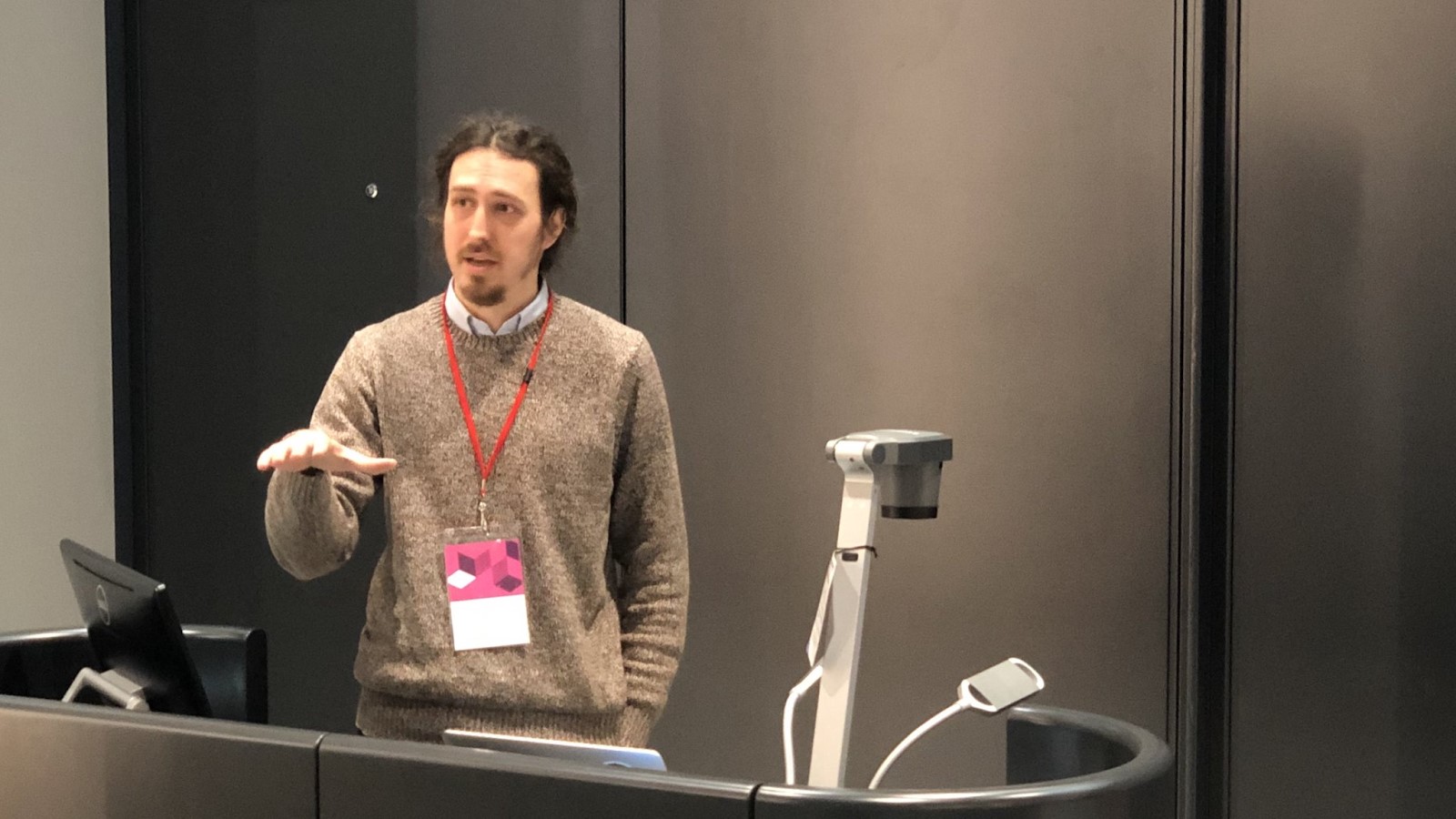
Photos by Gianfranco Cecconi, text courtesy of Waag Society

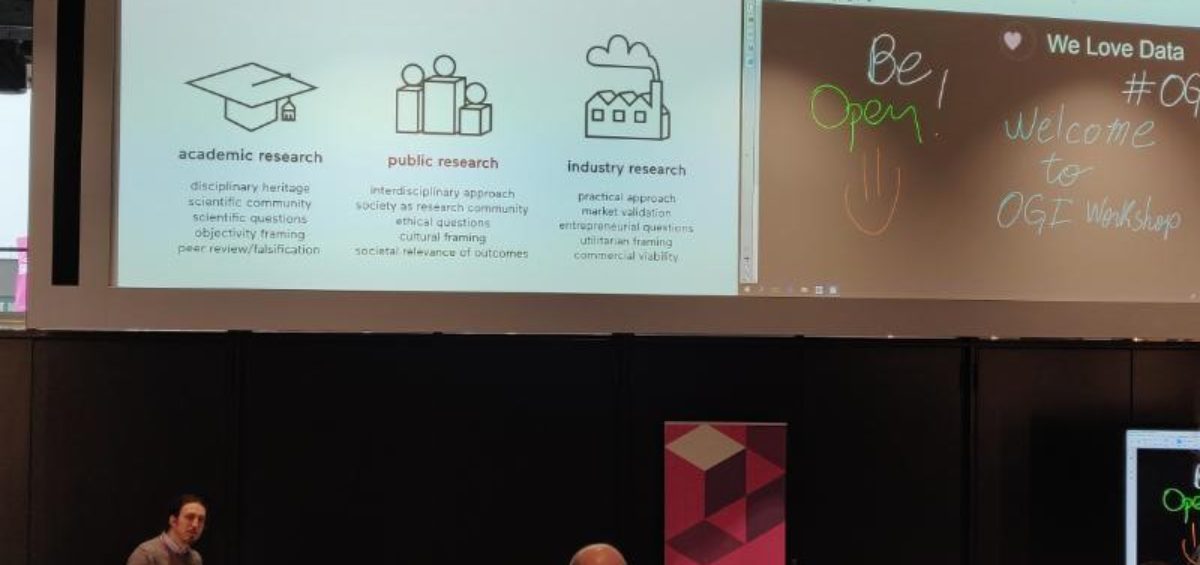
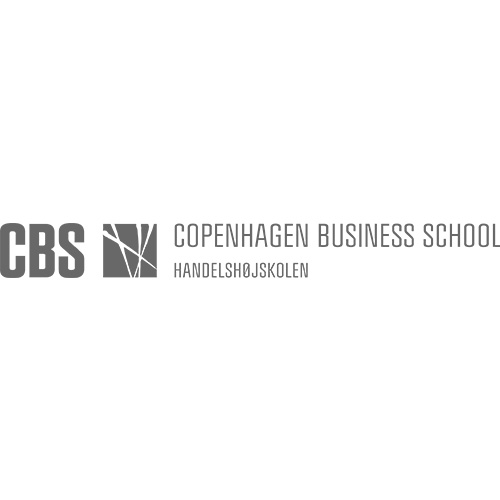
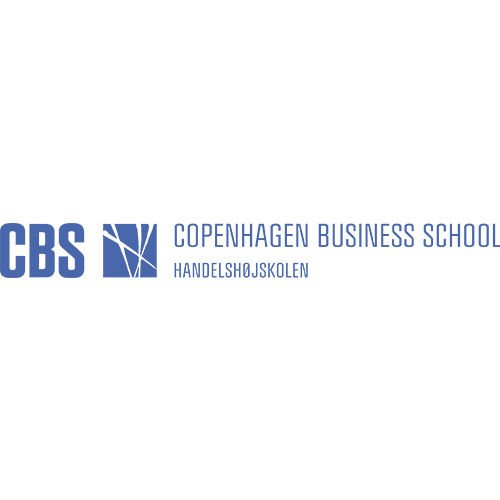
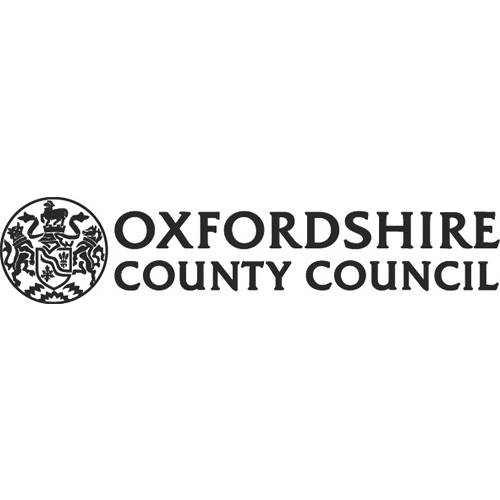

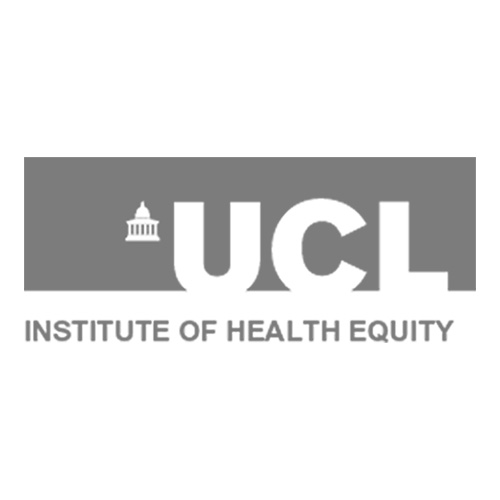
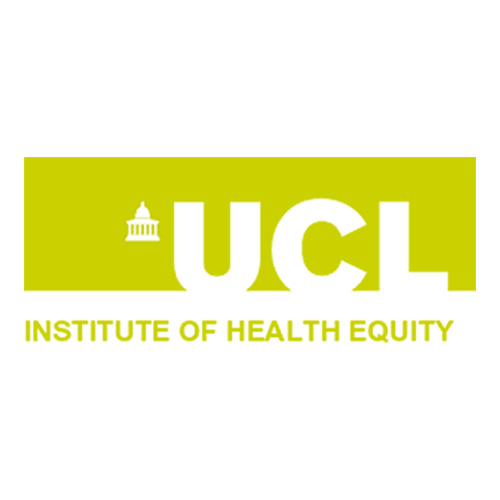
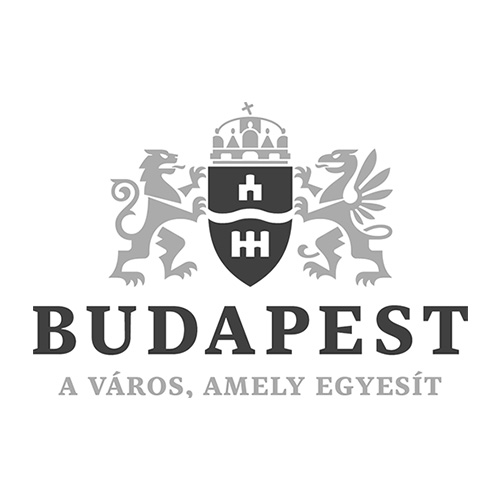
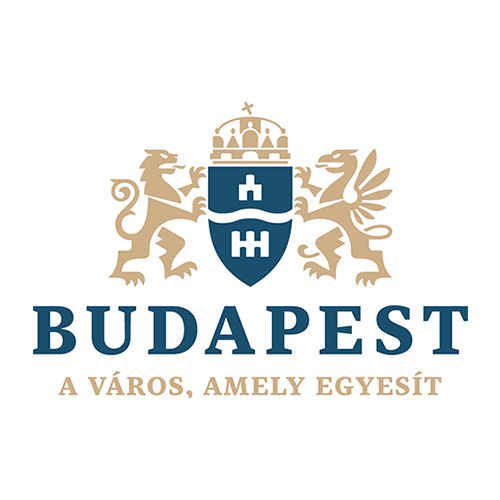
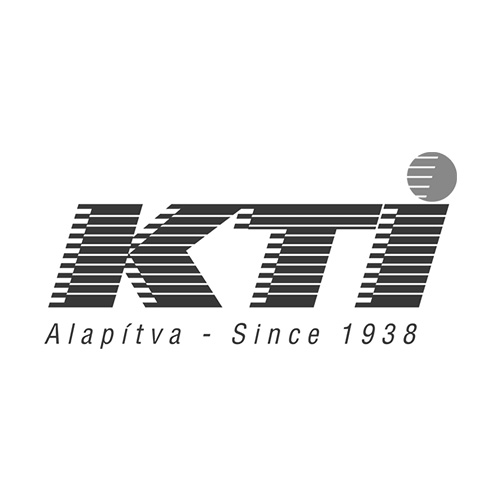
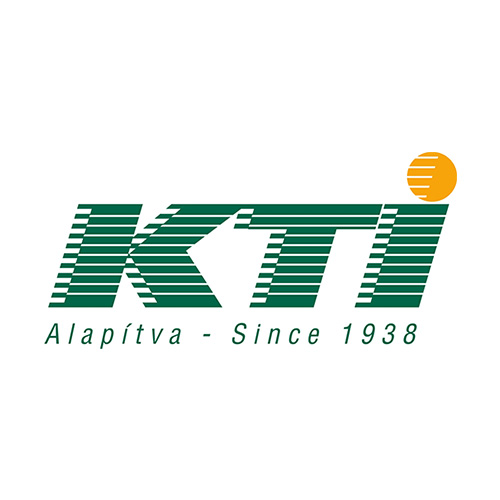
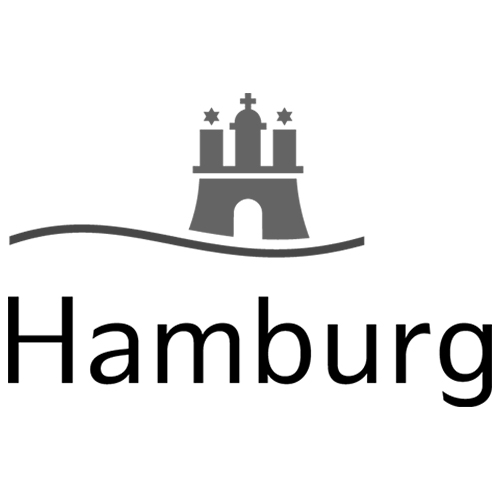
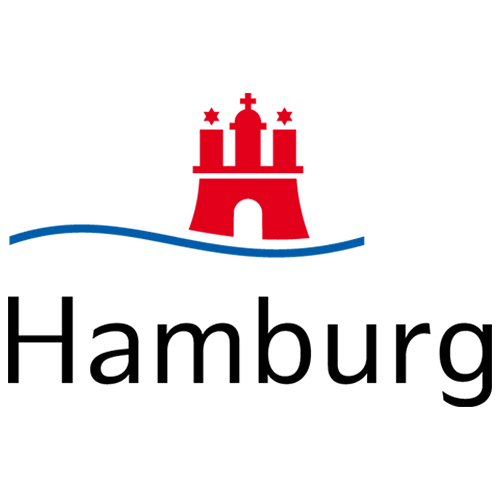
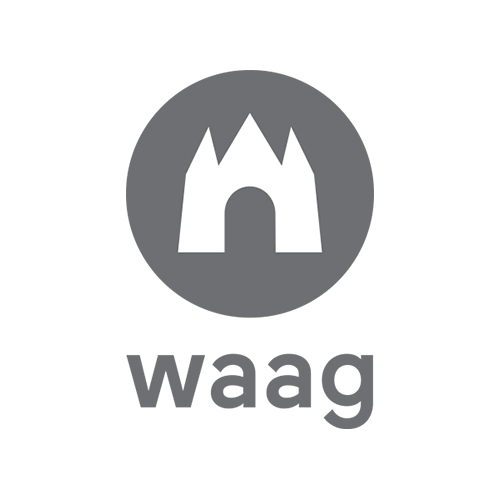

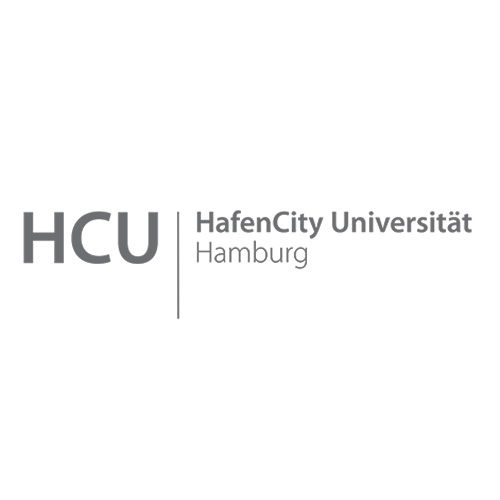
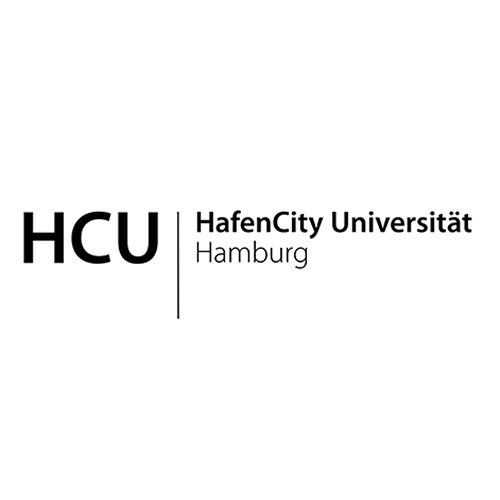
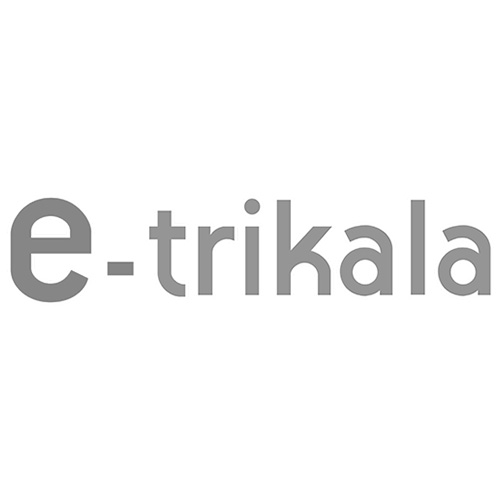
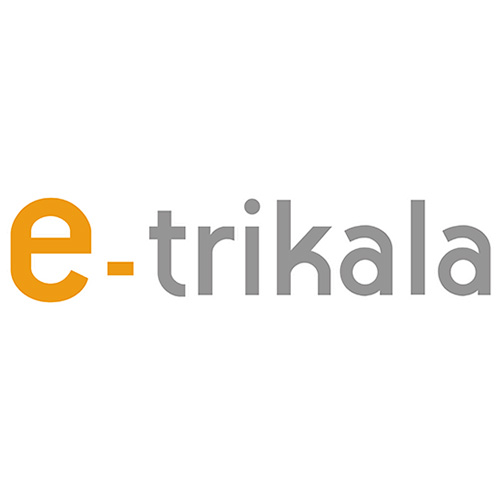
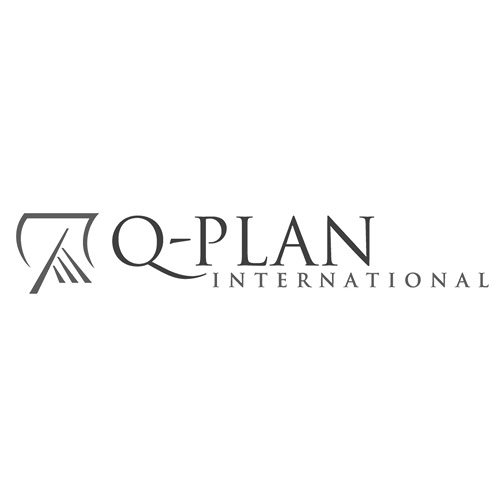
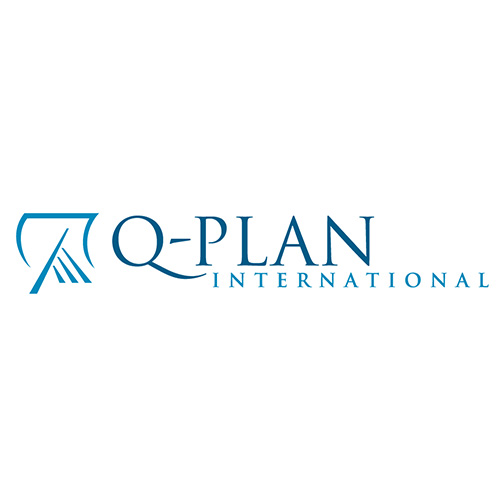
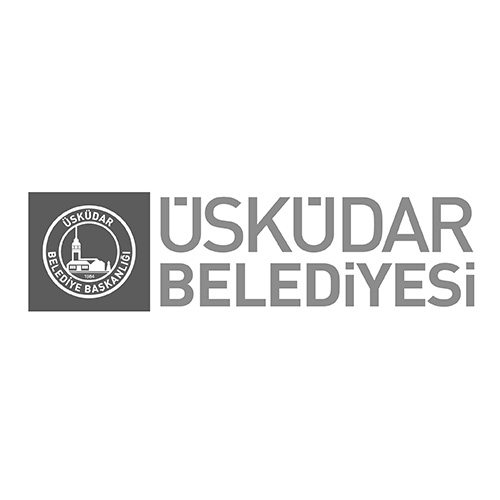


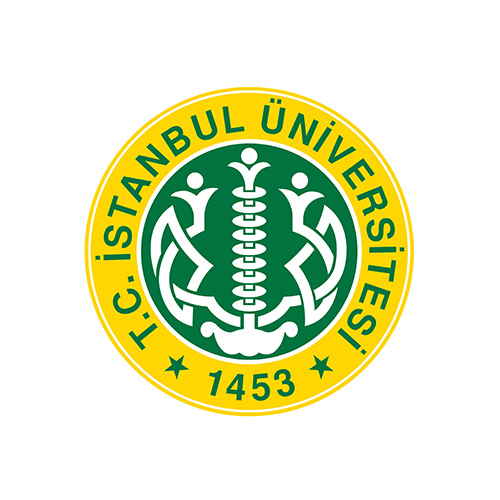
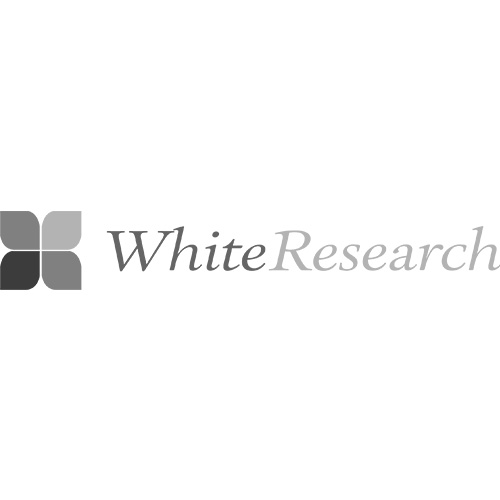

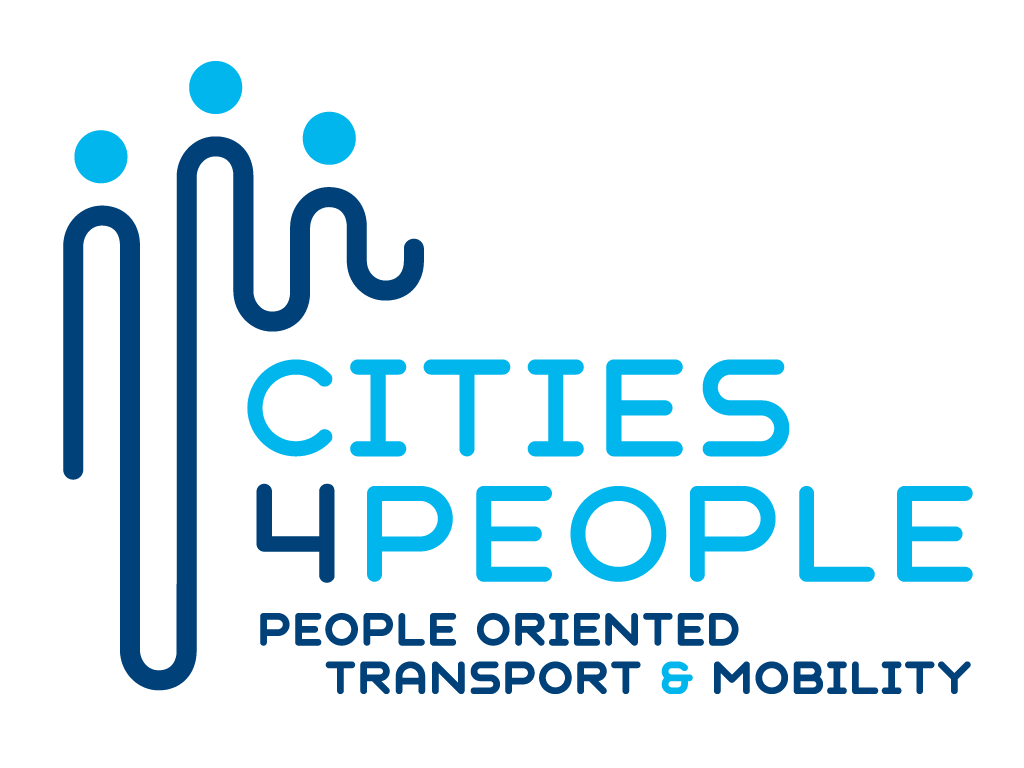
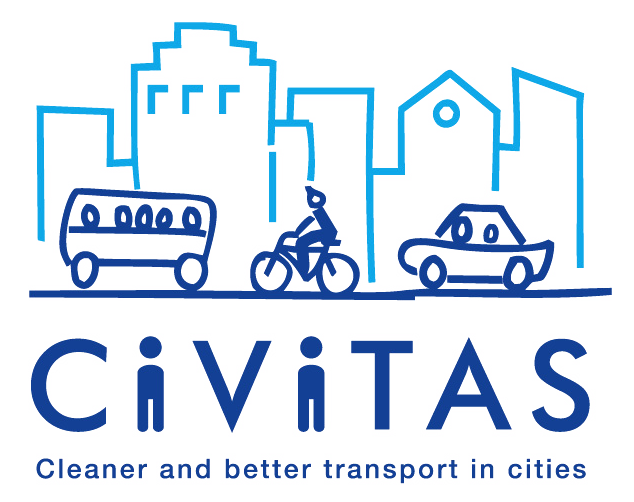


 English
English Magyar
Magyar Ελληνικά
Ελληνικά Turkish
Turkish